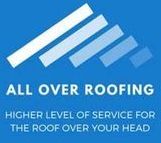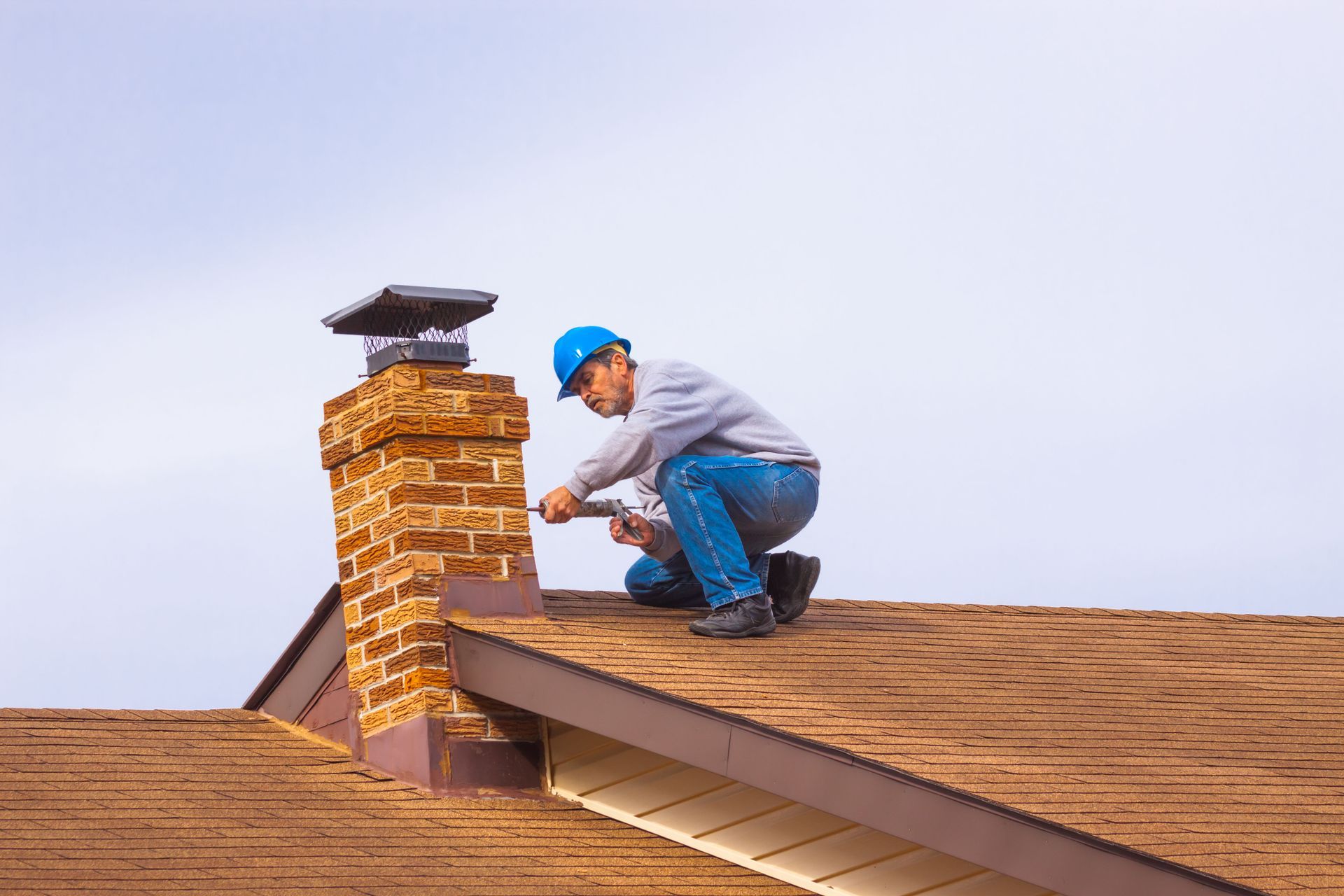What to Expect From a Professional Roofing Company During a Roof Replacement
Replacing a roof is one of the most important investments a homeowner can make. When done properly, it protects your home, boosts curb appeal, and increases property value. A professional roofing company plays a crucial role in executing this project with precision, safety, and quality workmanship.
From consultation to final inspection, each phase contributes to a smooth and successful replacement. This guide outlines what homeowners can expect when hiring professionals for a roof replacement and how expert service makes a difference at every stage.
Initial Consultation and Assessment
Understanding the Need for Replacement
A professional roofing company begins with a thorough evaluation to determine whether replacement is necessary. Signs such as frequent leaks, missing shingles, sagging areas, or mold indicate that a roof may have reached the end of its service life. According to Kin Insurance, most roofs last about 20 years, depending on materials, climate, and maintenance.
Recognizing these issues early helps prevent structural damage and costly repairs. A trusted roofer provides clear explanations so homeowners understand the scope and importance of the project.
Inspection and Detailed Assessment
Before any work begins, the company conducts a detailed inspection of shingles, flashing, decking, and ventilation. This helps identify hidden problems that could compromise the new roof. Professional assessments give homeowners a clear picture of the roof’s condition and what must be addressed to guarantee long-term protection.
Estimation of Costs and Timeframe
Once the inspection is complete, the company provides a written estimate outlining costs, materials, and a projected timeline. Accurate pricing and scheduling are essential for transparency and planning. Reputable companies factor in potential delays due to weather and maintain open communication to keep projects on track.
Discussion of Material Options
Professional roofers guide homeowners through available materials—such as asphalt shingles, metal, tile, or wood shakes—explaining the pros and cons of each. Material choice affects durability, energy efficiency, and aesthetic appeal. By weighing budget, climate, and design preferences, homeowners can select a roofing material that suits their goals.
Answering Client Questions and Concerns
During consultation, experienced roofers take time to address homeowner questions about warranties, installation steps, and safety. Open communication builds trust and ensures expectations are aligned before work begins.
Preparation and Planning
Project Scheduling
Scheduling a roof replacement requires coordination between crews, material suppliers, and homeowners. A professional company organizes delivery, installation, and inspections to minimize disruption. Clear scheduling updates help keep the project efficient and predictable.
Securing Necessary Permits
Roofing companies handle all required permits and ensure compliance with local building codes. Managing this process protects homeowners from potential legal or insurance issues and confirms that the project meets regulatory standards.
Ordering and Inspecting Materials
Before installation, materials are ordered and inspected for quality and accuracy. Roofing professionals verify quantities, color, and condition before work begins, preventing costly delays or mismatched supplies.
Setting Up Safety Protocols
Safety is a top priority on every job site. Professional roofers follow OSHA guidelines, using proper harnesses, guardrails, and protective gear. They also inspect the area for hazards and secure equipment to protect workers and the homeowner’s property.
Communicating the Plan
Homeowners receive a detailed outline of what to expect, including daily schedules, delivery times, and cleanup procedures. Transparent communication prevents confusion and strengthens trust between the roofer and the client.
The Removal Process
Ensuring Safety Measures
Before removal begins, professionals safeguard the site by protecting landscaping, setting up waste containers, and organizing clear paths for crew movement. These steps keep the property and workers safe throughout the project.
Proper Removal Techniques
Removing old roofing requires care to avoid damaging decking or structural elements. Trained crews use specialized tools to strip materials efficiently while preserving the integrity of the underlying structure. Clean removal ensures a solid base for the new roof.
Debris Management and Disposal
Roof removal generates significant debris. Professional companies use dumpsters and cleanup systems to manage waste responsibly. Maintaining a clean worksite minimizes disruption and upholds environmental responsibility.
Protecting the Home and Surroundings
Roofing crews use tarps and protective barriers to shield siding, gutters, plants, and outdoor furniture from debris. These precautions demonstrate professionalism and respect for the homeowner’s property.
Addressing Unforeseen Issues
Sometimes roofers uncover hidden problems like wood rot or deteriorated decking. A professional company communicates findings immediately and provides cost-effective solutions without compromising project quality or schedule.
Installation of the New Roof
Step-by-Step Installation Process
The installation phase includes laying underlayment, installing shingles or panels, securing flashing, and ensuring proper ventilation. Each step follows manufacturer specifications and industry standards to guarantee long-lasting performance.
Quality Control Measures
Throughout installation, foremen conduct inspections to verify workmanship and adherence to safety and quality standards. This ensures the finished roof meets the promised level of excellence.
Use of Modern Techniques
Professional roofing companies leverage modern technology and improved installation methods to increase precision and efficiency. Techniques like synthetic underlayments and advanced ventilation systems enhance durability and weather resistance.
Weather Contingency Plans
In case of sudden weather changes, professionals have contingency plans—such as securing exposed areas or pausing work safely—to prevent damage. This preparedness minimizes risk and project delays.
Coordinating Other Home Upgrades
Roof replacements often align with other upgrades like gutter installation or attic insulation. Professional roofers coordinate these services to maximize efficiency and value for the homeowner.
Final Inspection and Quality Assurance
Comprehensive Final Inspection
After installation, a detailed inspection confirms that every component—from flashing to ridge caps—is properly installed. Inspectors verify structural soundness, watertightness, and aesthetic uniformity before signing off on completion.
Compliance with Building Codes
Every professional roofing company ensures the new roof meets or exceeds local and national building standards. Adhering to codes guarantees the roof’s safety, legality, and long-term stability.
Verifying Warranties
Before finalizing the project, roofers review material and workmanship warranties with the homeowner. These documents outline what’s covered and for how long, offering reassurance of the company’s accountability and the roof’s durability.
Addressing Homeowner Feedback
Reputable companies welcome homeowner feedback to assess satisfaction and improve service. This open dialogue promotes transparency and long-term trust between the roofer and client.
Providing Maintenance Tips
Professionals educate homeowners on roof maintenance, including regular inspections, gutter cleaning, and monitoring for damage after storms. Following these tips helps extend the life of the new roof and protect the investment.
Customer Support and After-Sale Service
Communicating Warranty Details
After project completion, roofing companies provide clear documentation of warranties covering both materials and workmanship. They explain how to file claims and what routine maintenance keeps warranties valid.
Post-Installation Support
Professional companies don’t disappear after installation. They remain available for follow-up inspections, minor adjustments, or future maintenance needs. Continued communication reinforces the company’s reliability and dedication to customer care.
Emergency and Repair Assistance
In the rare event of a problem—such as storm damage or leaks—reputable roofers respond promptly to assess and resolve issues. This commitment demonstrates responsibility and long-term partnership with the homeowner.
Working with a professional roofing company transforms the roof replacement experience from stressful to seamless. From initial consultation to final inspection, experts handle every step with precision, communication, and care. Their attention to detail, adherence to safety standards, and commitment to customer satisfaction provide peace of mind and lasting results.
If you’re considering a roof replacement, partnering with experienced roofing company professionals ensures your home remains protected, beautiful, and valuable for years to come. Reach out to All Over Roofing today to learn more.






Share On: